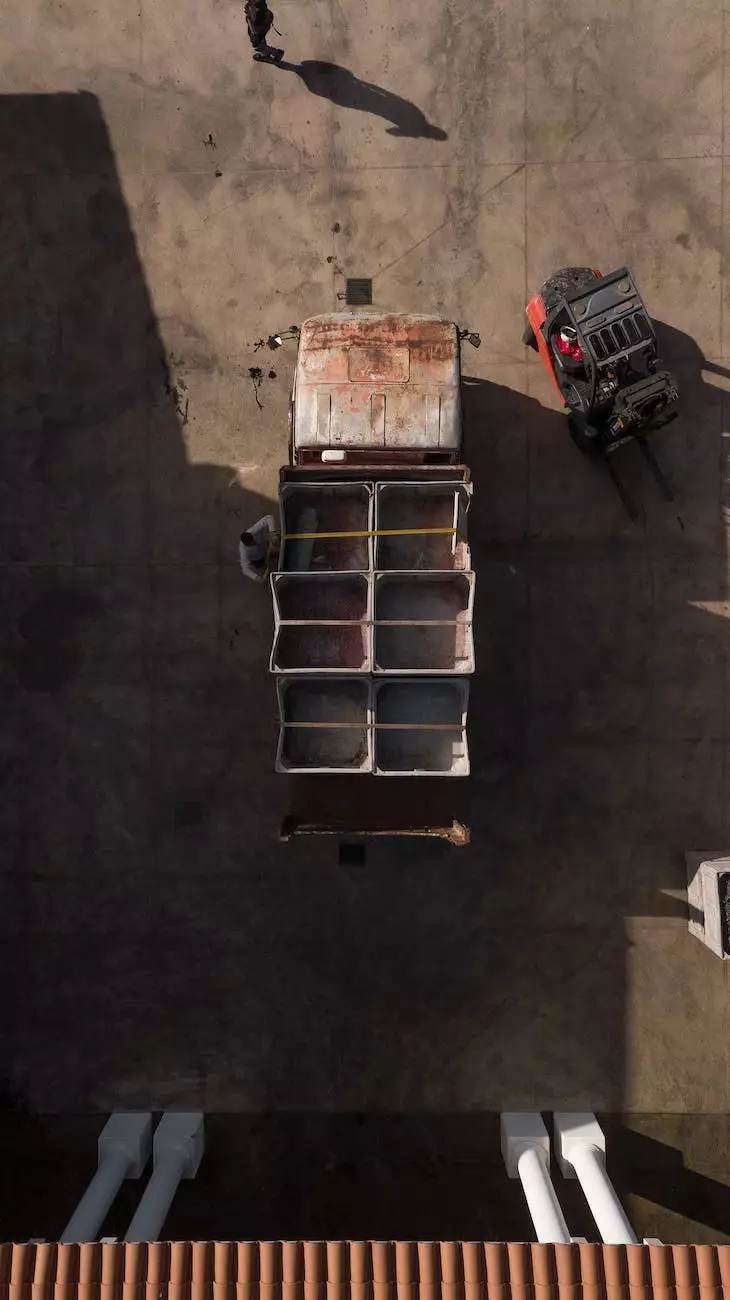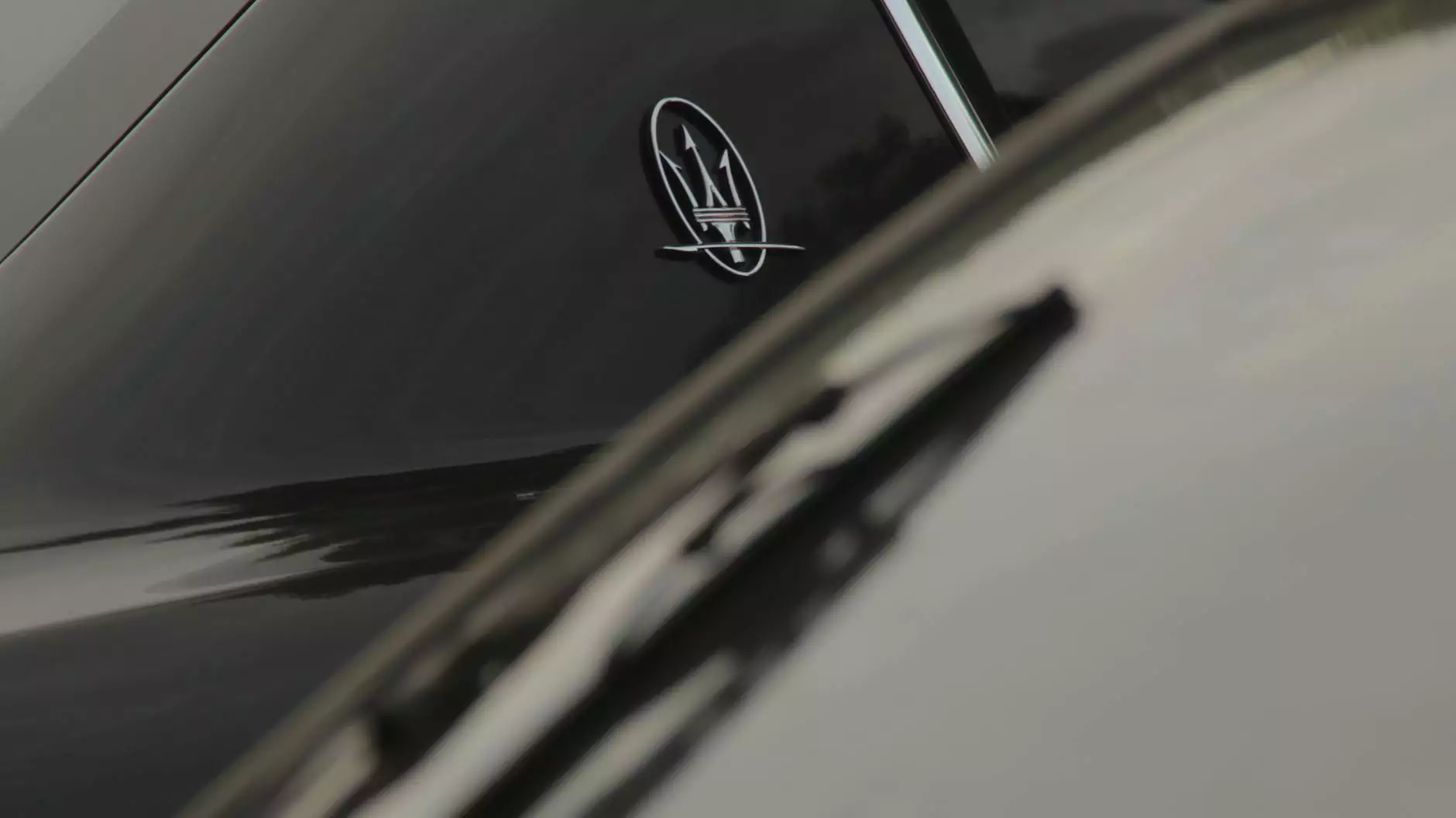How Are Cars Shipped from Japan?: Unveiling the Process
Car Shipping Service
Welcome to STS Towing, your trusted source of information on the shipping process for cars from Japan. In this comprehensive guide, we will walk you through every step involved in shipping cars internationally. Whether you are a car enthusiast or a business owner planning to import vehicles from Japan, this article will provide you with valuable insights into the car shipping industry.
The Importance of Understanding Car Shipping Processes
Before delving into the specifics, it is crucial to recognize the significance of understanding how cars are shipped from Japan. With increasing international trade in the automotive industry, having knowledge of the shipping process ensures a smooth and hassle-free transportation experience. By understanding the intricacies involved, you can make informed decisions, mitigate risks, and optimize logistics when it comes to importing vehicles from Japan.
The Initial Steps: Preparing Cars for Shipping
Shipping cars from Japan involves several essential steps that commence even before the vehicle is loaded onto a carrier. The process begins with thorough inspection and documentation. Prior to shipment, cars undergo a comprehensive inspection to ensure they meet the required standards and specifications for transport. This includes checking for any damages, verifying paperwork, and confirming eligibility for export from Japan.
Once the inspection is complete, appropriate documentation such as the Bill of Lading, Export Certificate, and other relevant paperwork will be prepared. These documents play a vital role in the smooth transit of vehicles and ensure compliance with international shipping regulations.
Vessel Selection and Loading: Ensuring Safety and Security
Once the cars are deemed fit for shipping, the next step involves selecting an appropriate vessel for transportation. Several factors are considered when choosing a vessel, including destination, quantity of vehicles, and transportation deadlines. Vehicles can be shipped via various methods, such as Roll-on/Roll-off (RoRo) vessels, containerized shipping, or even air freight.
For RoRo vessels, also known as car carriers, vehicles are driven onto the vessel and secured in designated parking bays. These specialized vessels are specifically designed to transport automobiles safely and efficiently across the seas. On the other hand, containerized shipping involves loading vehicles into shipping containers that offer additional protection and security during transit. Both methods have their advantages, and the choice depends on specific requirements and budgets.
Customs Clearance and International Regulations
Once the vehicles are loaded onto the selected vessel, the shipping process moves into the customs clearance stage. This involves complying with various international regulations and procedures to ensure smooth entry into the country of destination. Customs inspections, taxes, and duties are among the key considerations during this phase.
It is essential to work closely with experienced freight forwarders who specialize in vehicle shipping to handle customs documentation and facilitate a seamless customs clearance process. These professionals will assist in completing the necessary paperwork, ensuring compliance with import regulations, and paying import duties and taxes, where applicable.
Destination Port Handling and Delivery
Upon arrival at the destination port, the vehicles are carefully offloaded from the vessel and transferred to the designated port handling facility. During this time, customs officials in the destination country conduct another round of inspections to verify the contents of the shipment, including confirming compliance with import regulations.
Once the necessary customs procedures and inspections are completed, the vehicles can be delivered to their final destination. This may involve utilizing transportation services such as car carriers or local towing companies to transport the vehicles from the port to the desired location.
Conclusion
In conclusion, knowing how cars are shipped from Japan is vital for anyone involved in the importation process. Understanding the various stages, from the initial preparations to the final delivery, ensures a successful and streamlined experience. By partnering with experienced shipping and logistics professionals like STS Towing, you can maximize efficiency and minimize risks when importing vehicles from Japan. Contact us today to learn more about our services and to discuss your specific requirements!










